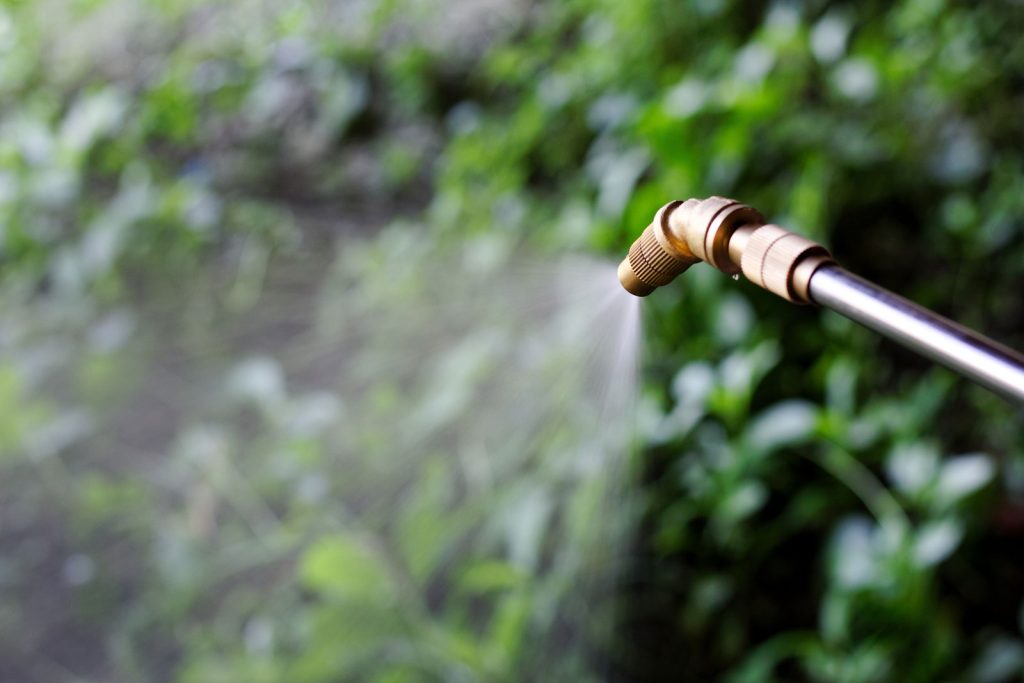Managing weeds in Conservation Reserve Program (CRP) fields is crucial for establishing and maintaining native plant growth. An effective herbicide plan can help control invasive species, will promote the growth of native plants, and helps to ensure compliance with CRP requirements. Here are some tips for creating a targeted herbicide plan to support your CRP project.
- Identify Target Weeds
Begin by identifying the specific weeds present in your CRP fields. Different weeds will often require different herbicide treatments. Conduct a thorough assessment of your fields to determine the types of invasive species that need to be controlled. Utilize resources like the USDA NRCS Weed Identification Field Guide to help with identification.
- Choose the Right Herbicide
Selecting the appropriate herbicide is critical. Consider the types of weeds you need to control and choose an herbicide that targets those specific species while minimizing harm to native plants. It’s important to use herbicides that are approved for CRP use and comply with NRCS guidelines.
- Determine the Optimal Application Time
Timing is crucial for effective herbicide application. Try to apply herbicides when weeds are most vulnerable, which is typically during their early growth stages. Additionally, consider the lifecycle of the native plants you want to protect. For example, applying herbicides in early spring or late fall can help target weeds while minimizing impact on surrounding native plants.
- Use Proper Application Techniques
Correct application techniques will help ensure that herbicides are effective and reduce the risk of damage to desirable plants. Be sure to follow label instructions carefully and use appropriate equipment to apply herbicides as evenly and accurately as possible. Consider using spot treatments for localized weed infestations to minimize herbicide use.
- Monitor and Adjust Your Plan
Regular monitoring of your CRP fields is essential to assess your herbicide plan’s effectiveness. Keep track of weed control progress and adjust your plan as needed. If certain weeds persist, you may need to try different herbicides or application methods.
- Integrate Other Weed Management Practices
Herbicides should only be a part of a comprehensive weed management strategy. Incorporate other practices such as mowing, burning, or mechanical removal to enhance weed control and support native plant growth. These practices can help reduce weed seed banks and improve the overall effectiveness of your plan.
Compliance and Safety Considerations:
- Follow NRCS Guidelines: Ensure your herbicide plan complies with NRCS guidelines and CRP contract requirements. This includes using approved herbicides and following recommended application practices.
- Safety First: Always prioritize safety when handling and applying herbicides. Wear appropriate protective gear, follow label instructions, and store herbicides securely.
By developing and implementing an effective herbicide plan, you can successfully manage weeds in your CRP fields, support native plant growth, and enhance the ecological benefits of your conservation project. For personalized advice and support, contact FDC Enterprises today!

